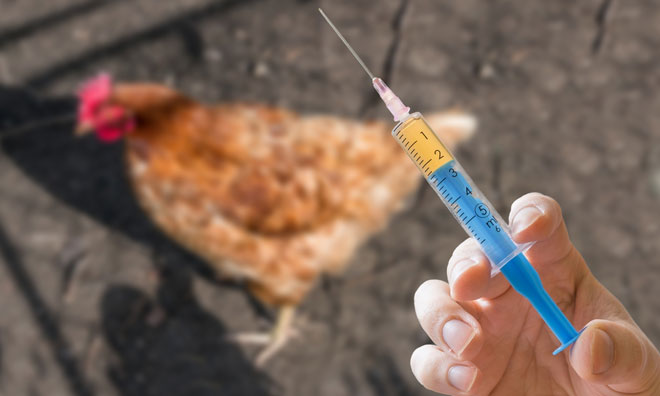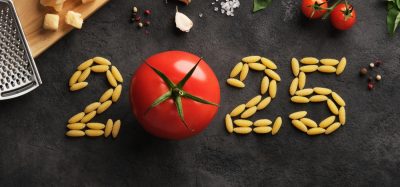The pressure mounts on the use of antibiotics in farming
- Like
- Digg
- Del
- Tumblr
- VKontakte
- Buffer
- Love This
- Odnoklassniki
- Meneame
- Blogger
- Amazon
- Yahoo Mail
- Gmail
- AOL
- Newsvine
- HackerNews
- Evernote
- MySpace
- Mail.ru
- Viadeo
- Line
- Comments
- Yummly
- SMS
- Viber
- Telegram
- Subscribe
- Skype
- Facebook Messenger
- Kakao
- LiveJournal
- Yammer
- Edgar
- Fintel
- Mix
- Instapaper
- Copy Link
Posted: 29 October 2020 | Chris Elliott | No comments yet
Professor Chris Elliott discusses the impact that the revaluation of MRL thresholds for antibiotics within food could have on the livestock sector.


The use – and sometimes misuse – of antibiotics in livestock production has been a controversial subject for a while. Much of this is due to the links between the practise of giving farm animals antibiotics and the growing global issues surrounding antimicrobial resistance.
30 years ago Europe took a strong stance, banning the use of antibiotics as a prophylactic or growth promoting agent. While some countries have followed suit, others have not…
Policing correct use of antibiotics in farming
Official controls play a major role in the governance of the agri-food chain in Europe and the relatively new Official Controls Regulation (OCR) (EU) 2017/625 was brought about to ensure that food in the European Union is safe along the entirety of the agri-food chain. Sampling and testing programmes exist in all member states and there are strong powers of enforcement. The Competent Authorities in each state can investigate where antibiotic residues are found in foods of animal origin residues below, at, or above the legal maximum residue limits (MRL). Although the regulation does not provide any particular threshold for when such investigations should kick in. For example, if the residues are above 50 percent of the MRL. However, some rather important and potentially concerning information for some stakeholders is that the current ‘thinking’ within the EU is that such a threshold needs to be set. A recent draft of new legislation suggests that all levels of authorised antibiotics above 10 percent of the MRL will have to be reported by the Competent Authorities. An implementation date for this new measure is thought to be around the end of 2022. While two years may seem a long time, a huge amount of work will be needed in order to get ready for this important change.
Why is a change to antibiotic MRL thresholds important?
In the case of testing laboratories, this will throw into question a lot of the current testing methods used across Europe to detect antibiotic residues in milk, eggs and meat. Limits of detection are often set at 50 percent of the MRL to prevent having too many false positives results. In some cases, the methods struggle to get below the 50 percent level.
Moreover, a lot of time, effort and cost goes into validating testing methods. If the action limits change, the potential for a lot of revalidation work seems inevitable.
The livestock sector will be extremely nervous about the potential changes. In Europe, a lot of work on the reduction of use of antibiotics has been driven by the industries themselves due to pressures from lobby groups, retailers and consumers. Adherence to withdrawal periods has been one of the key factors in this, and it may be that extra time will be needed to clear out sufficient amounts of the antibiotic residues from the animals after treatment. As the saying goes, time is money; the cost to industry might be substantial.
There is also the issue of when low levels of antibiotics are reported and followed up. There may well be additional pressure from the aforementioned groups to reduce the numbers of these. However, looking at the proposed changes it appears to me is that this is exactly what the European Commission is striving for. To get the industry to self-regulate further, to find new ways of reducing antibiotic use and further protect European consumers from exposure to antibiotics via food.









